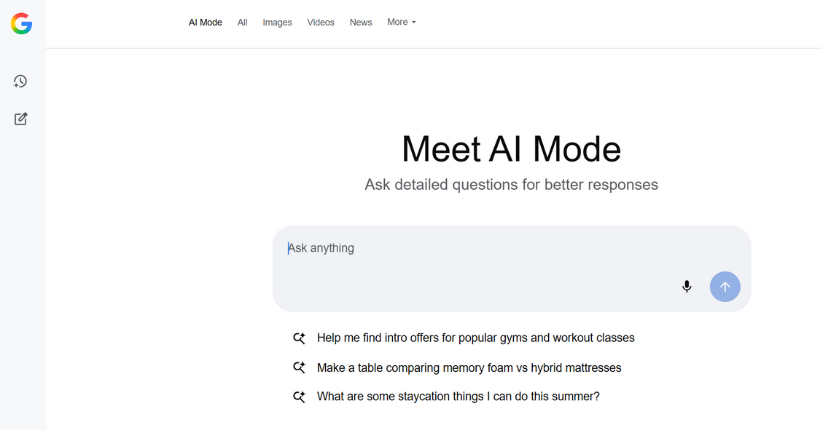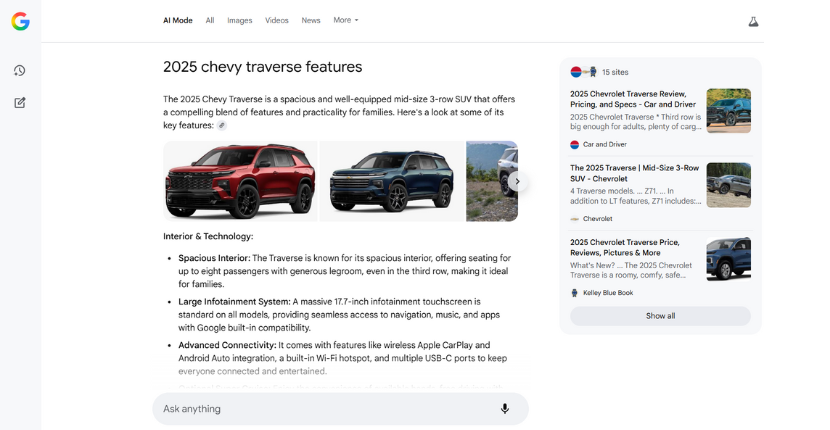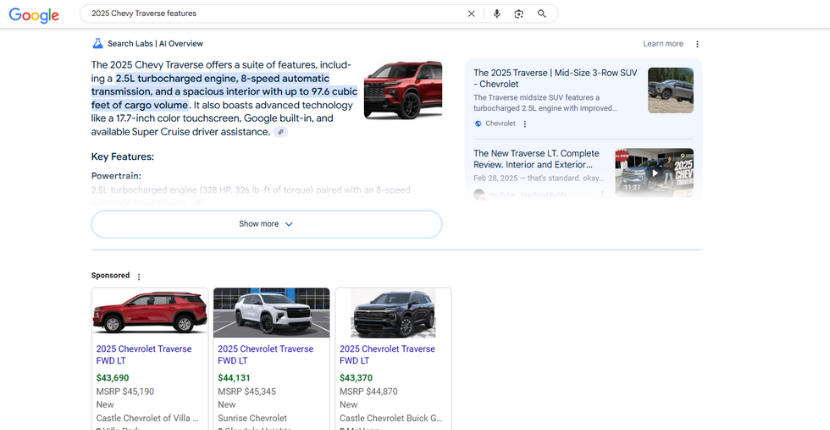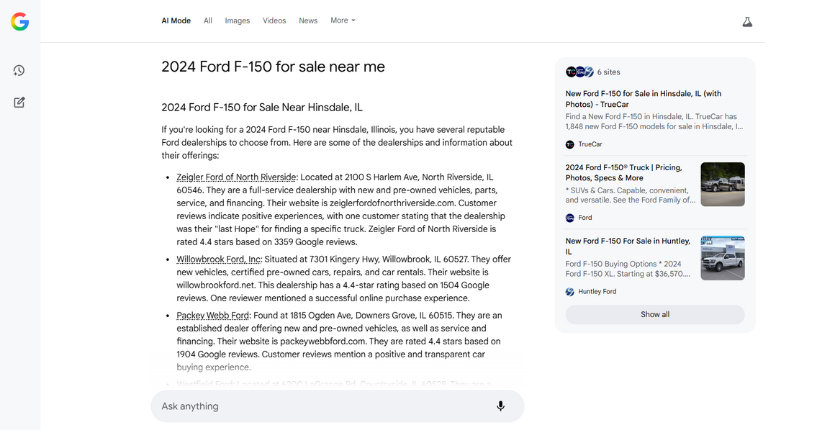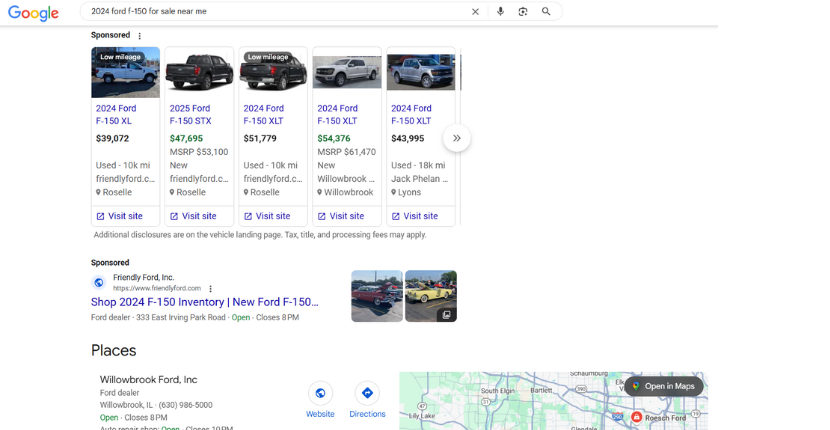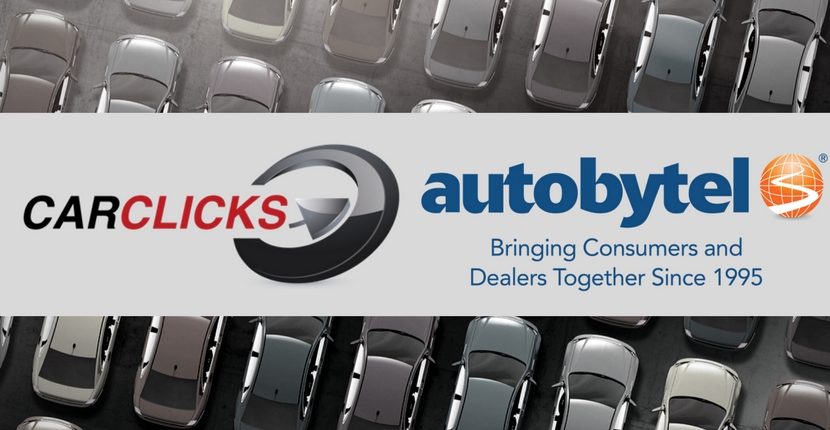Why Dealership Traffic Is Declining in 2025 and What Dealers Can Do About It
Dealerships across the country are seeing a noticeable shift in foot traffic as we move into 2025. While vehicle demand is still strong, the way shoppers research, compare, and choose a dealership has changed dramatically. If your showroom feels quieter than it did a year ago, the trend is real and there are clear reasons behind it.
The good news is that dealers who understand these changes and adjust their automotive digital marketing strategies accordingly are seeing more qualified traffic than ever before.
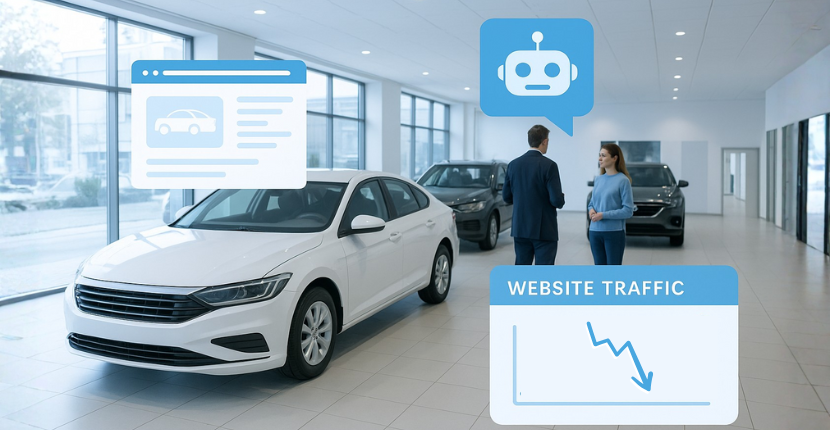
Here is what is driving the decline and what you can do to reverse it.
- Shopper Behavior Has Shifted
Shoppers are not visiting five or six dealerships anymore. Most narrow their choices online and visit only one or two stores before making a decision. This means:
- Fewer casual walk-ins
- More high-intent appointments
- A longer online research journey before stepping onto the lot
Dealers no longer compete for foot traffic but compete for digital attention long before the shopper arrives. Smart car dealership advertising online can make all the difference.
- More Research Happens Online Before a Visit
The average buyer now spends weeks researching inventory, pricing, incentives, reviews, and trade-in values. By the time someone visits your dealership, they have likely:
- Viewed dozens of Vehicle Detail Pages (VDPs)
- Compared your pricing against local competitors
- Watched videos or read third-party reviews
- Checked your service reputation
- Received financing pre-approvals
This means your dealership website traffic and online presence must do the heavy lifting early in the process. If shoppers do not like what they see online, they never show up in person.
- AI Is Influencing How Shoppers Choose Dealerships
AI is reshaping car shopping. With AI-driven recommendations appearing across search engines, social platforms, and shopping tools, consumers are being guided toward specific vehicles, brands, and dealers automatically.
Examples include:
- AI Overviews in Google Search
- AI-driven comparison tools
- Personalized vehicle recommendations
- Smart assistants that suggest nearby dealers
If your dealership’s online presence is thin, inconsistent, or poorly optimized, AI will simply recommend your competitors.
- Inventory Normalization Means More Competition
After several years of inventory shortages, 2024 and 2025 brought stability. That stability comes with a downside. More inventory means more dealers are competing for the same shoppers.
With similar models widely available again, consumer behavior changes:
- Shoppers compare dealerships more aggressively
- Incentives influence decisions again
- Pricing transparency matters
- Dealers must differentiate beyond inventory alone
This environment rewards the dealers who invest in inventory marketing and digital marketing for dealerships and penalizes those who rely solely on location or brand loyalty.
- What Dealers Can Do to Boost Traffic in 2025
The solution is not waiting for traffic to return. It is building a strategy that drives digital visibility, qualified website traffic, and high-intent showroom visits. Here are the most effective approaches:
Search Engine Optimization (SEO)
Strong SEO ensures that your dealership appears in local searches for:
- New and used vehicles
- Service and maintenance
- Model comparisons
- Pricing and incentives
A well-optimized website generates recurring, high-quality online vehicle leads every month.
Paid Search (Google Ads)
Paid search remains one of the most effective ways to capture ready-to-buy shoppers. With dealership competition rising, targeted ads for models, incentives, and local inventory can drive immediate traffic to VDPs.
CTV/OTT Advertising
Streaming now surpasses linear TV, making CTV the new frontier for dealership branding. CTV campaigns:
- Reach in-market shoppers
- Build local awareness
- Drive branded search and website traffic
- Offer measurable attribution
This approach works well for dealers looking to expand their presence beyond search alone.
Enhanced Inventory Distribution with CarClicks
With more shoppers researching online, your inventory needs to be visible everywhere they are. CarClicks Marketing helps dealerships:
- Increase VDP views
- Drive more qualified traffic to their website
- Reach shoppers across high-traffic automotive marketplaces
- Improve conversion rates with consistent exposure
When inventory is visible across multiple platforms, showroom visits increase.
Short-Form Video
Video is now a key part of the dealership research experience. Short walkaround clips, feature highlights, and “what’s in stock” videos:
- Increase time on site
- Build trust
- Humanize the dealership
- Improve engagement on social and search
Video helps turn passive researchers into active shoppers.
Final Thoughts
Dealership traffic is not disappearing; it is shifting. Buyers are still there, but they are making decisions earlier, online, and with AI-driven tools influencing the process. Dealers who adapt and invest in digital marketing for dealerships, inventory marketing, and high-quality traffic strategies are the ones seeing strong, consistent showroom traffic.
To learn more about how your dealership can drive more qualified website traffic, increase online vehicle leads, and boost showroom visits, contact Automotive Internet Media today. Our team specializes in digital marketing solutions that help dealerships reach shoppers at every stage of their journey.

